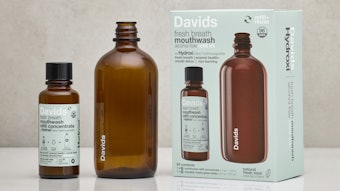Although many methods are known for the separation of citral from lemongrass (Cymbopogen flexuosus) oil, like fractional distillation, adduct formation and regeneration, the purity and the yield of citral as separated are not satisfactory. A new method for separation of citral in pure form and in near quantitative yield uses the column chromatographic technique. This method may also be adapted for large scale separation of citral and hence can be of commercial importance.
Citral, a mixture of geranial (I) and neral (II) roughly in the ratio 5:3, is present in lemongrass oil generally to the extent of 70-80%. Citral has been separated from Iemongrass oil hy vacuum fractionation of the oil or by sodium bisulphite, and neutral sulphite adductings methods. In vacuum fractionation the enrichment of citral happens and citral of 95% purity is generally obtained. Moreover removal of components like geraniol (111), nerol (IV) which have boiling points differing only by a few °C from that of citral is found to be difficult even when high efficiency fractionating columns are used. Being a mixture of α, β unsaturated aldehydes, citral is heat labile, and excessive heat treatment is likely to lead to rearrangements, polymerisation and eventual destruction of the material.
The other method of separation of citral, namely bisulphite adducting, also suffers from disadvantages. In this process, the oil is shaken with a sodium bisulphite solution. The resulting crystalline solid is separated and purified by washing with alcohol or ether. The citral is regenerated by decomposition of the adduct with sodium carbonate, sodium hydroxide or hydrochloric acid. Even though the normal adduct is formed quantitatively and can be easily decomposed, quantitative regeneration of citral is difficult—usually a loss of about 10-15% is encountered. The loss is reported to be due to the formation of a cyclic bisulphite compound in the presence of alkali from which the recovery of citral is found to be difficult.










